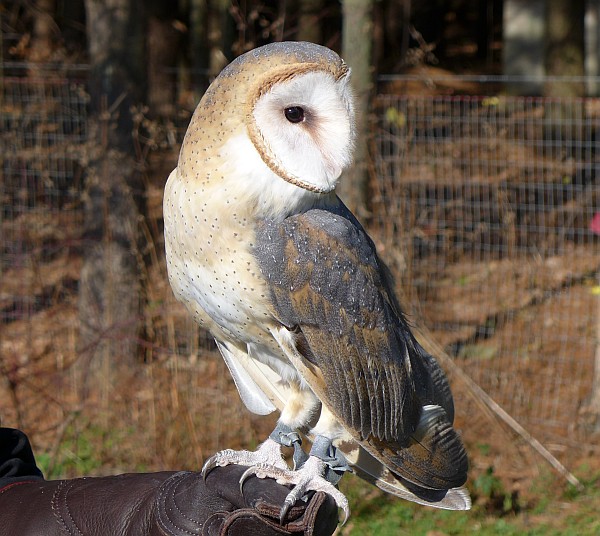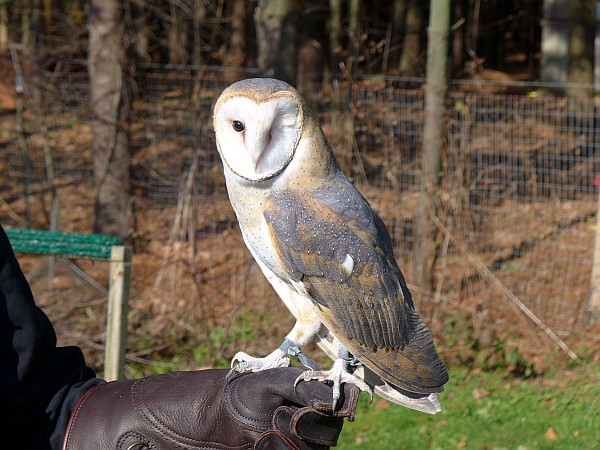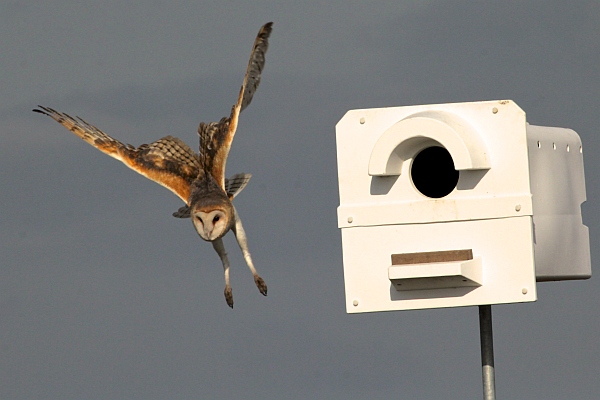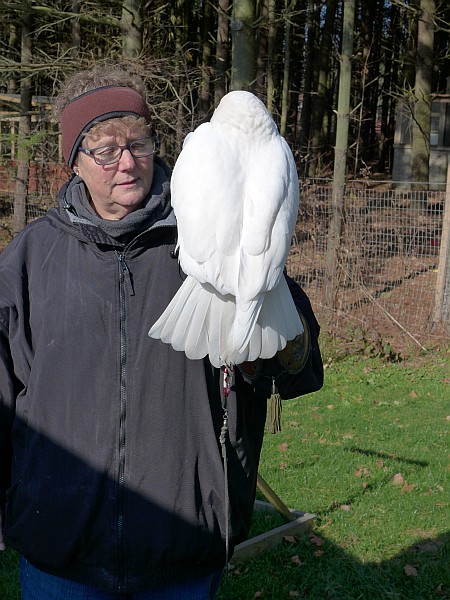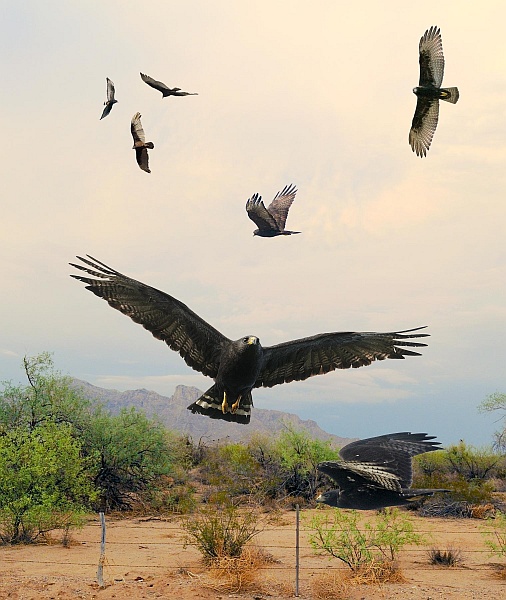
12 December 2014
This beautiful YouTube video shows a family of Eleonora’s falcons (Falco eleonorae) at their summer home in Sardinia.
Eleonora’s falcon is an Old World hobby(*) falcon that winters in Madagascar and nests on barren islands in the Mediterranean. It was named for Eleanor of Arborea, national heroine of Sardinia, who in 1392 became the first ruler in history to protect hawk and falcon nests against illegal hunters.
Eleanor began rulling Arborea, a sovereign state in west-central Sardinia, in a moment of crisis in 1383. The Crown of Aragon based in Barcelona had conquered all of Sardinia except Arborea and succession to the Arborean throne was shaken by the murder of Hugh III. Eleanor’s infant son Frederick was next in line to the throne so she rushed to Arborea and became Regent Judge at age 36. In the first four years of her reign she united the Sardinians in a war against Aragon and won back nearly all of the island.
Eleanor’s greatest legacy was the Carta de Logu, the laws she promulgated in 1395. Advanced for its time the laws were a uniform code of justice, publicly available, that set most criminal penalties as fines instead of imprisonment or death and preserved the property rights of women. The Carta de Logu was so good that it lasted for four centuries until Charles Felix, a military King of Sardinia, suspended it in 1827.
Wikipedia explains how Eleanor advanced the rights of women through the legal code:
One notable provision of the Code is that it gave daughters and sons the same inheritance rights. As well, it also declared that rape could be recompensed through marriage only if the woman who was raped agreed to marry her rapist, and even if she did the Code declared that the rapist still had to either pay a large fine to the Senate or have his foot cut off (his choice). If she did not agree to marry him, he had to give her a dowry that suited her social status, so that she could marry someone else, and he still had to either pay a large fine to the Senate or have his foot cut off (his choice).
— Wikipedia: Eleanor of Arborea
Click on the screenshot above to see a video of the falcon that bears Eleanor’s name. The Falco della Regina is “The Falcon of the Queen.”
p.s. (*) Hobbies are smaller than peregrines, larger than American kestrels, and were often used by falconers to hunt birds. “Hobby” does not mean amateur pastime. Instead this word comes from Old French, probably derived from Middle Dutch “hobeler” which means to turn or roll.
(video posted on YouTube by santonagriva)
